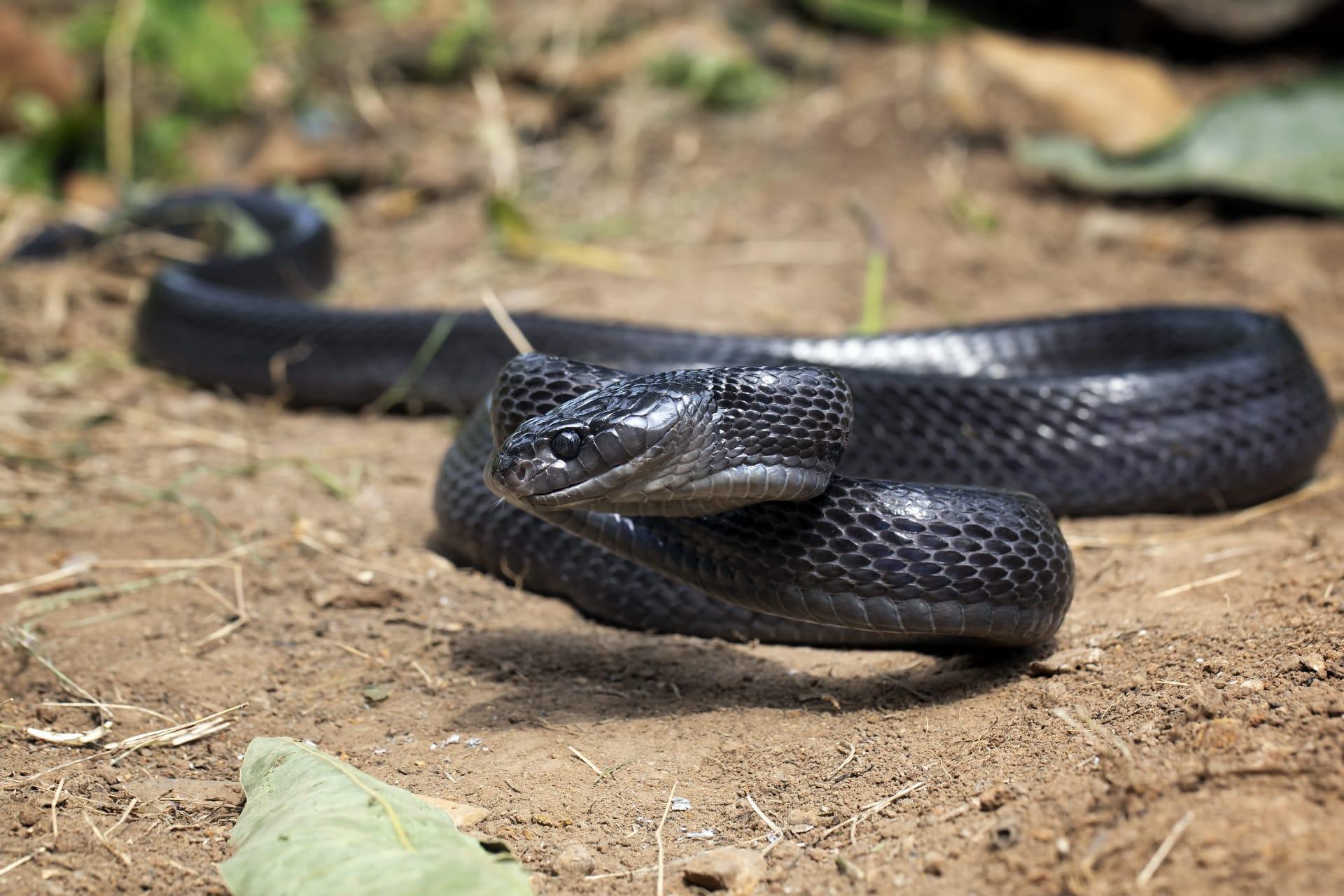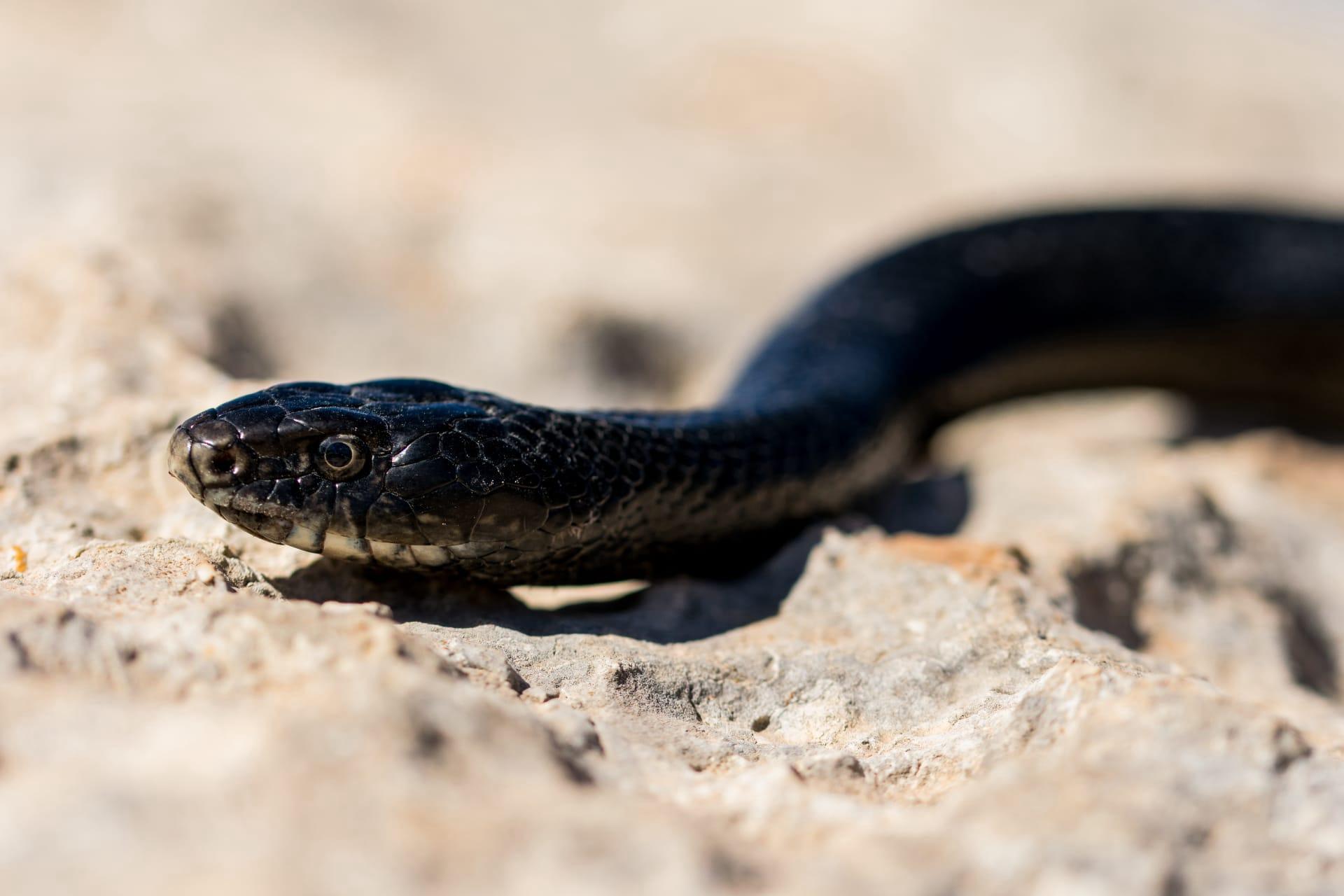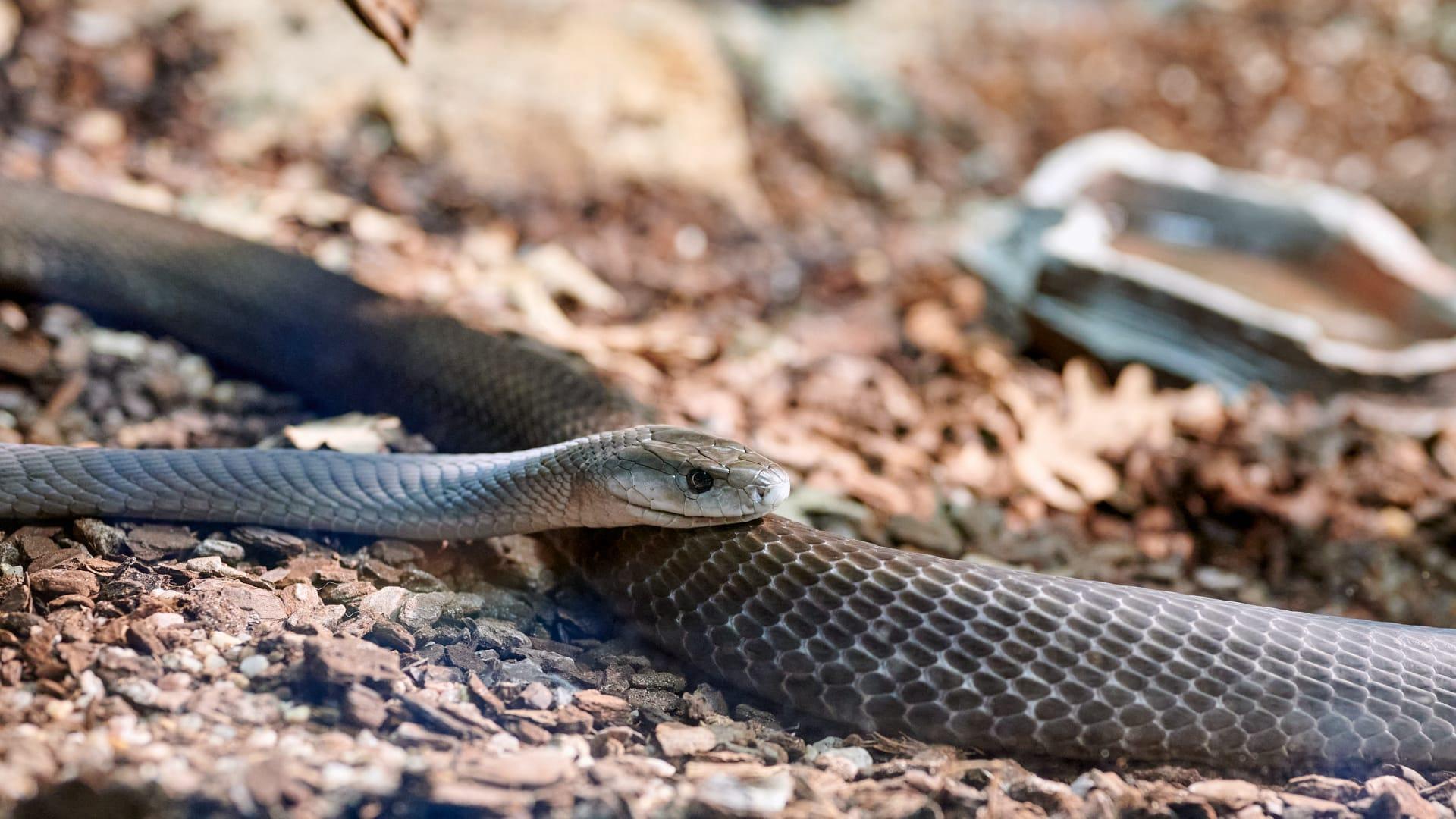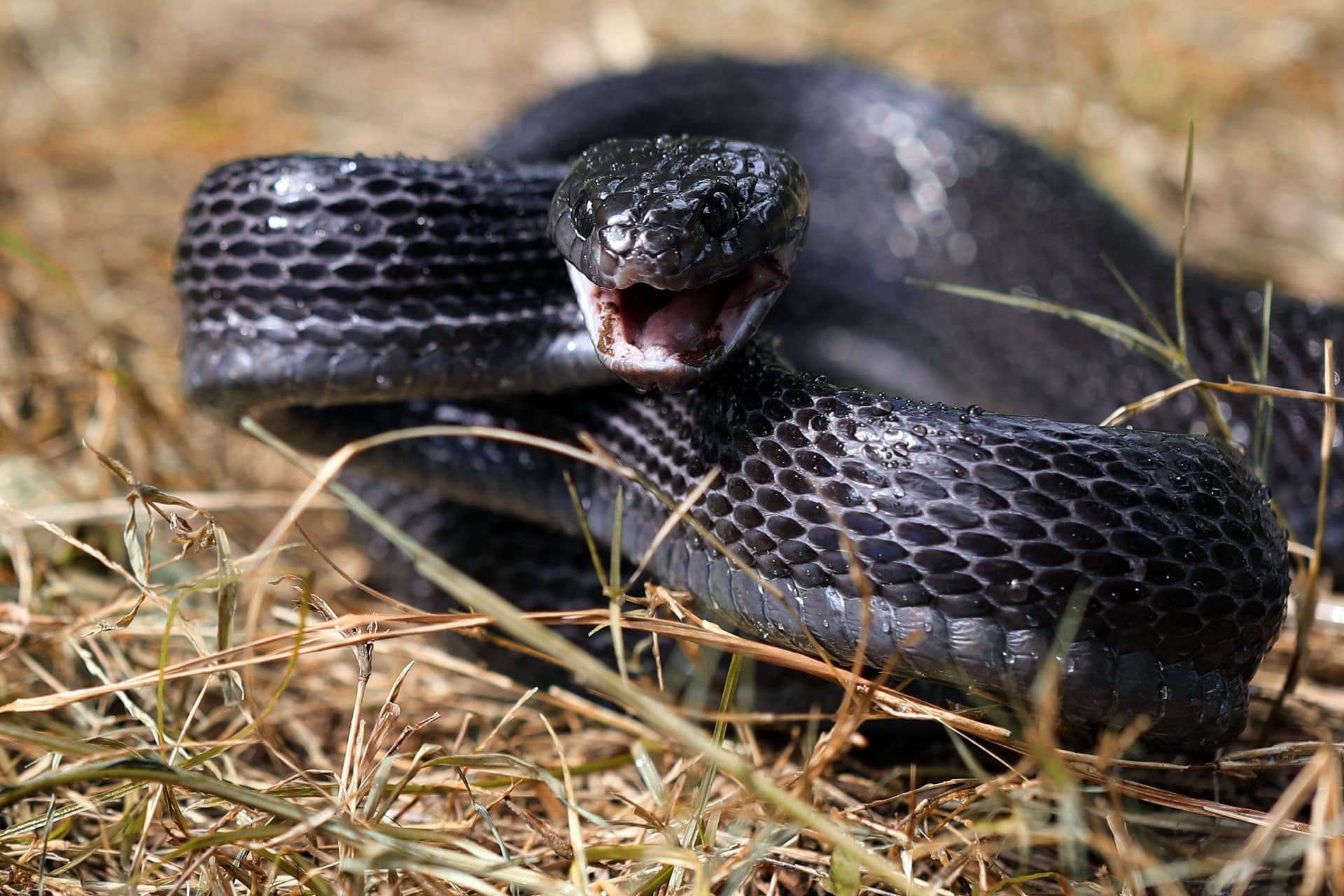1
The Black Mamba is renowned for its impressive speed, making it one of the fastest snakes in the world. It can slither at speeds of up to 12.5 miles per hour (20 km/h). This rapid movement is not just for escape but also aids in hunting prey. Despite its speed, the Black Mamba prefers to avoid confrontation with humans and often chooses flight over fight.
Another fascinating aspect of the Black Mamba is its highly potent venom. It possesses a neurotoxic venom, which is among the most deadly in the world. Just 10 to 15 milligrams are enough to be fatal to a human, and a single bite can deliver up to 100 to 120 milligrams. The venom can cause paralysis and respiratory failure, leading to death within 7 to 15 hours if left untreated.

2
Black Mambas have a unique way of communicating and showing aggression. When threatened, they will open their mouth wide to display the strikingly dark interior, which is where their name 'Black Mamba' originates from. This display is a warning sign, meant to intimidate potential threats. It's important to note that the actual color of their skin ranges from grey to dark brown, not black.
These snakes also have an exceptional vision. They can spot moving prey up to 164 feet (50 meters) away. This keen eyesight is crucial for hunting and detecting threats. Unlike many snakes, the Black Mamba relies heavily on its vision, along with its rapid speed, to catch prey and avoid predators.

3
The Black Mamba's diet is primarily composed of small mammals and birds. Its hunting strategy involves using its incredible speed to catch unsuspecting prey. After biting and injecting venom, the snake typically waits for the venom to paralyze the prey before consuming it. This method is effective and allows the snake to take on animals like rodents, squirrels, and even small birds.
A lesser-known fact about Black Mambas is their solitary nature. They are typically lone hunters and are rarely seen with other snakes, except during mating season. Their preference for solitude extends to their living habitats as well, often residing in hollow trees, rock crevices, or abandoned burrows, away from other animals and human settlements.

4
Black Mambas have a lifespan of about 11 years in the wild. During this time, they can grow to impressive lengths, with adults commonly reaching 8 to 14 feet (2.5 to 4.3 meters). Some individuals have even been recorded at lengths of over 14 feet (4.3 meters), making them one of the longest venomous snakes in Africa.
Despite their fearsome reputation, Black Mambas play a crucial role in their ecosystem. As apex predators, they help control the populations of their prey, which includes rodents and other small mammals. This predatory role is essential for maintaining the balance in their natural habitats, contributing to the health and stability of the ecosystem.

5
Regarding reproduction, the Black Mamba is oviparous, meaning it lays eggs. Females typically lay 6 to 17 eggs in a hidden location like a burrow or hollow tree. The eggs incubate for about 80 to 90 days before hatching. Interestingly, the young are born fully venomous and capable of fending for themselves immediately, a trait that is crucial for their survival in the wild.
Contrary to popular belief, Black Mambas are not naturally aggressive towards humans. Most human encounters with these snakes result from accidental disturbances. When confronted, their first instinct is to escape. However, if cornered or provoked, they can become fiercely defensive, using their speed and venom as a last resort to protect themselves.